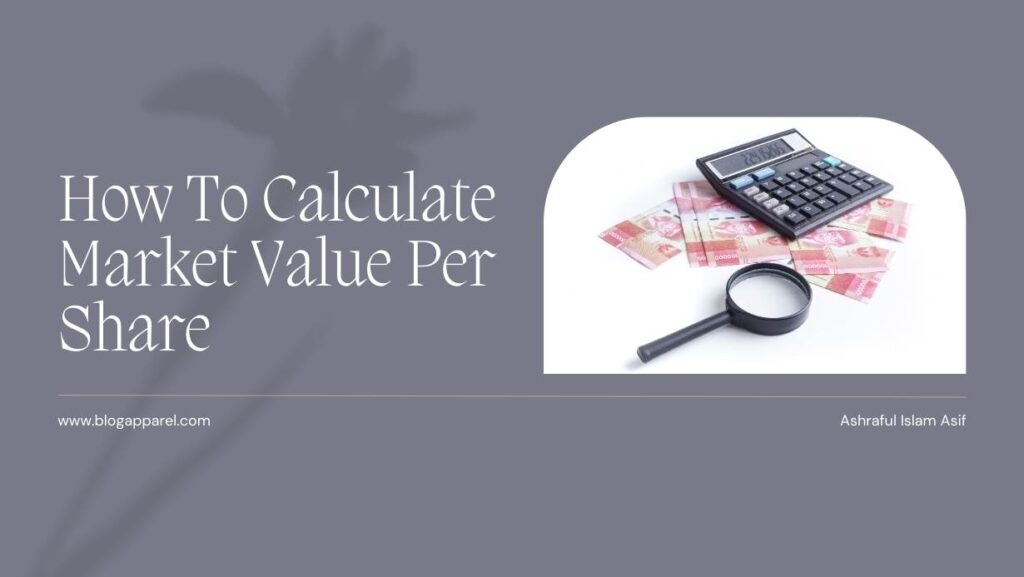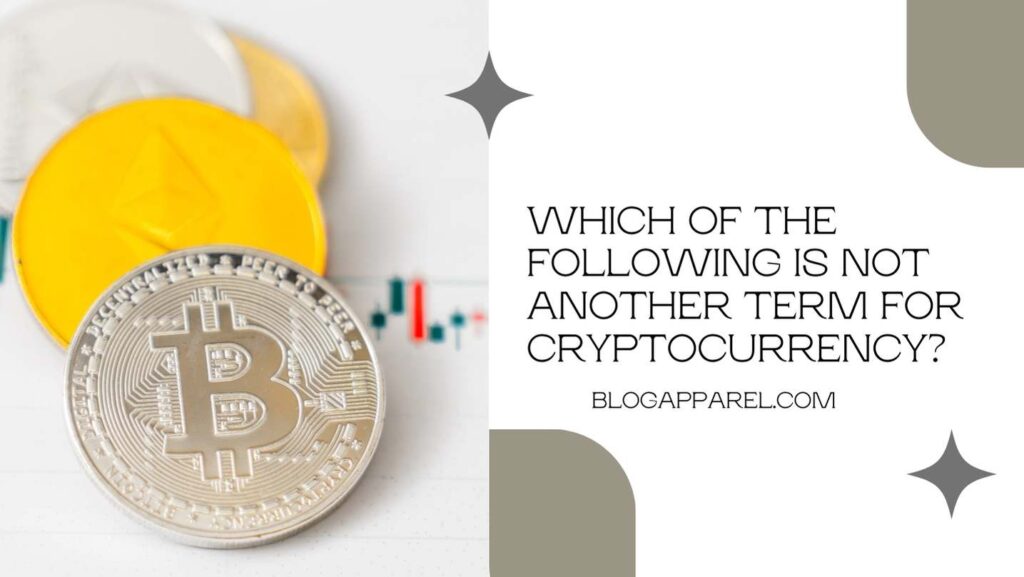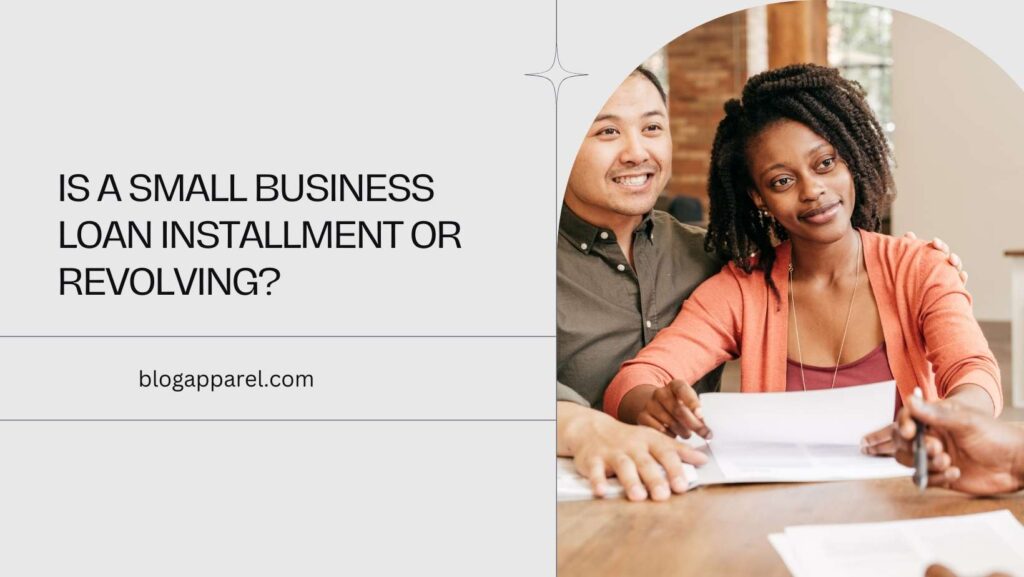A Qualified Student Loan is a type of loan that meets specific requirements, such as low-interest rates and flexible payment options. It is designed to help students finance their education without burdening them with excessive debt.
Pursuing higher education has become essential for students to secure a prosperous future, but it can be expensive. Many students rely on student loans to pay for college tuition, room and board, and other expenses. However, not all loans are created equal.
A Qualified Student Loan must meet specific criteria, often including favorable interest rates and flexible repayment schedules. These loans can help students finance their education without accruing unmanageable debt. Understanding what qualifies as a Qualified Student Loan can help students make informed decisions about their finances.
Criteria For A Student Loan To Be Qualified
A student loan is considered “qualified” if it meets specific criteria. These criteria include.
| Loan Type | The loan must be a federal student loan, such as a Direct Subsidized or Unsubsidized Loan, a Direct PLUS Loan, or a Federal Perkins Loan. |
| Loan Recipient | The loan must be borrowed by a student or their parents to pay for education-related expenses, such as tuition, room and board, textbooks, and supplies. |
| Loan Purpose | The loan must be used for eligible educational expenses. These expenses may include tuition, fees, room and board, and other necessary expenses such as transportation and supplies. |
It’s important to note that private student loans may not meet the qualified criteria and should be carefully evaluated before borrowing. Qualified student loans may offer benefits and repayment options not available with private loans, such as income-driven repayment plans and loan forgiveness programs.
3 Types Of Qualified Student Loans
Three types of Direct Loan qualified student loans are Direct Subsidized Loans, Direct Unsubsidized Loans, and Direct PLUS Loans.
1. Direct Subsidized Loans
Direct Subsidized Loans are available to students with demonstrated financial need. The government pays the interest on the loan while students are enrolled in school at least half-time, during the grace period, and during the deferment periods. The maximum amount of Direct Subsidized Loans for undergraduate students is $3,500 to $5,500 per academic year. Repayment starts six months after graduation or leaving school.
2. Direct Unsubsidized Loans
Direct Unsubsidized Loans are available to undergraduate and graduate students regardless of financial need. Unlike Direct Subsidized Loans, students are responsible for paying the interest on the loan during all periods, including while in school. The maximum amount of Direct Subsidized Loans for undergraduate students is $5,500 to $12,500 per academic year. Repayment starts six months after graduation or leaving school.
3. Direct Plus Loans
Direct PLUS Loans are available to graduate or professional students or parents of dependent undergraduate students. These loans cover the total cost of attendance minus any other financial aid received. Repayment starts immediately, but some deferment and forbearance options are available if needed.
| Interest | Eligibility | Maximum Annual Amount | |
| Direct Subsidized Loans | Government pays interest while in school | Demonstrated financial need | $3,500 to $5,500 for undergraduate students per academic year |
| Direct Unsubsidized Loans | Student is responsible for paying the interest | Available to undergraduate and graduate students regardless of financial need | $5,500 to $12,500 for undergraduate students per academic year |
| Direct PLUS Loans | Student is responsible for paying the interest | Graduate or professional students; parents of dependent undergraduate students | Covers full cost of attendance minus any other financial aid received |
Federal Vs. Private Student Loans
There are two main types of student loans: federal and private. Federal loans are given out by the government, while private loans are offered by banks and other financial institutions. Although both types of loans are designed to help students pay for college, there are some critical differences between them.
Federal Loans
Federal loans have many benefits, including low fixed interest rates and flexible repayment plans. These loans are also available to almost anyone, regardless of their credit score or income. In addition, some federal loans are eligible for loan forgiveness or income-driven repayment plans.
Private Loans
On the other hand, private loans are not backed by the government and often have higher interest rates than federal loans. Private loans may also require a credit check or a co-signer, which can be difficult for some borrowers. However, private loans can be a good option for students who need to borrow more than the federal loan limits or do not qualify for federal aid.
Qualified Vs. Non-qualified Private Loans
Private loans can also be divided into two categories: qualified and non-qualified. Qualified private loans often have lower interest rates and more flexible repayment options than non-qualified loans. To qualify for a private loan, a borrower must meet the lender’s specific credit and income requirements.
| Federal Loans | Private Loans | |
| Interest Rates | Low fixed interest rates | Higher interest rates |
| Eligibility | Almost anyone can qualify | May require a credit check or co-signer |
| Repayment Options | Flexible repayment plans available | May have more limited repayment options |
| Loan Limits | Lower loan limits | Higher loan limits available |
Interest Rates And Benefits
A Qualified Student Loan is an excellent option for students who want to finance their education without putting a financial strain on their families. The interest rates on Qualified Student Loans are much lower than regular loans, ranging from 4-5%.
Qualified Student Loans also come with some tax benefits. The interest paid on these loans is tax-deductible up to $2,500 annually. This can save a lot of money in the long run, and keeping track of the interest payments is essential.
Some Qualified Student Loans also offer loan forgiveness programs. If the borrower meets specific criteria, such as working in a public service job for several years, a portion or all of the loan can be forgiven. This is an excellent option for students who plan to work in fields with lower salaries.
Repayment Options For Qualified Student Loans
Qualified student loans can be repaid through several options, depending on the borrower’s financial situation. The most common repayment plans are standard, graduated, and extended.
| Repayment Plan | Description |
| Standard Repayment Plan | The borrower pays a fixed amount each month for up to 10 years. |
| Graduated Repayment Plan | The borrower makes lower payments initially, which gradually increase over time, typically over a 10-year period. |
| Extended Repayment Plan | The borrower can extend the repayment period up to 25 years, which reduces the monthly payment but increases the overall interest paid. |
It’s essential for borrowers to carefully consider their financial situation and choose a repayment plan that works for them. They may also be eligible for income-driven repayment plans, which are based on a percentage of their income and can be a more manageable option for those with low income-or high debt.
Student Loan Refinancing For Qualified Student Loans
Refinancing a qualified student loan means replacing your old loan with a new one with a lower interest rate. This can lead to lower monthly payments and overall costs, as refinancing can save you thousands of dollars in interest over the life of the loan.
| Benefits of Refinancing Qualified Student Loans | Drawbacks of Refinancing Qualified Student Loans |
| Lower interest rates | Loss of federal loan benefits |
| Lower monthly payments | Ineligibility for loan forgiveness programs |
| Ability to consolidate multiple loans | Potential to increase total cost of the loan |
| Opportunity to release a co-signer from the loan | Potential for prepayment penalties |
Deciding when to refinance a qualified student loan depends on your circumstances. It might be a good option if you have a stable income, a good credit score, and want to save money on interest. However, there may be better choices than refinancing if you risk losing federal loan benefits or plan to use loan forgiveness programs.
Defaulting On Your Student Loan
A qualified student loan is borrowed money used for tuition expenses, supplies, or other education-related costs. In general, qualified student loans are not dischargeable in bankruptcy. If a borrower fails to repay the loan, it may default.
Defaulting on a qualified student loan occurs when a borrower has not paid for at least 270 days. At this point, the lender can report the default to credit bureaus, which can negatively impact the borrower’s credit score.
If the borrower defaults, the lender can file a lawsuit to collect the debt. The borrower may also face wage garnishment and seizure of tax refunds or other federal benefits. Defaulting on a qualified student loan can also result in loss of eligibility for future federal student aid.
Borrowers have various options to avoid defaulting on a qualified student loan, such as deferment, forbearance, income-driven repayment plans, and consolidation. It’s crucial to communicate with the lender and explore all the available options to stay current on student loan payments.
Conclusion
Understanding what a qualified student loan entails is crucial as it determines eligibility for federal loan forgiveness and repayment programs. By making sure your loans meet the requirements, you can maximize the benefits of these programs. You can manage student debt more effectively by being informed of the options and carefully considering them.
Remember to keep track of your loan status and always communicate with your loan servicer to stay updated on new opportunities and options.
Frequently Asked Questions
What Is Considered A Qualified Education Loan?
A qualified education loan is a loan taken to pay qualified higher education expenses. These expenses include tuition, fees, room and board, textbooks, and other necessary supplies. The loan must be taken out by the taxpayer, their spouse, or a dependent who is enrolled at least half-time in a degree-seeking program at an eligible institution.
How Do I Know If I Have A Qualified Student Loan?
To determine whether you have a qualified student loan, check if it’s a federal loan, not a private one. The loan should also meet the eligibility requirements, such as enrolling in an eligible school and program, maintaining satisfactory academic progress, and not being in default.
You can check your loan status on the Federal Student Aid website.
Is A Private Student Loan A Qualified Student Loan?
Yes, a private student loan can be considered qualified, but it depends on the lender. Private loans from specific lenders may meet the qualifications for student loan interest deduction or loan forgiveness programs. It’s essential to check with your lender or financial advisor to confirm if your private student loan qualifies.
What Are The 4 Types Of Student Loans?
The four types of student loans are Federal Direct Subsidized, Federal Direct Unsubsidized, Federal Perkins, and Private student loans. The government provides federal loans, while banks or other financial institutions offer private loans. Each loan type has different eligibility requirements, terms, and interest rates.










